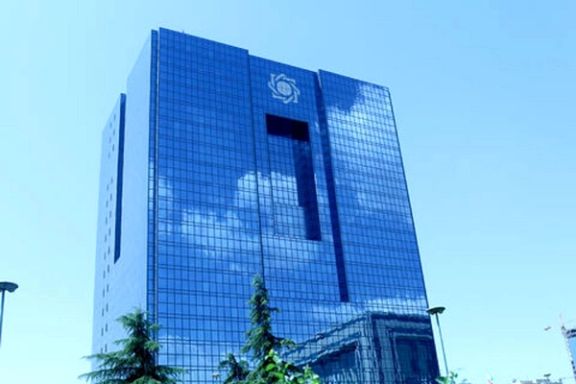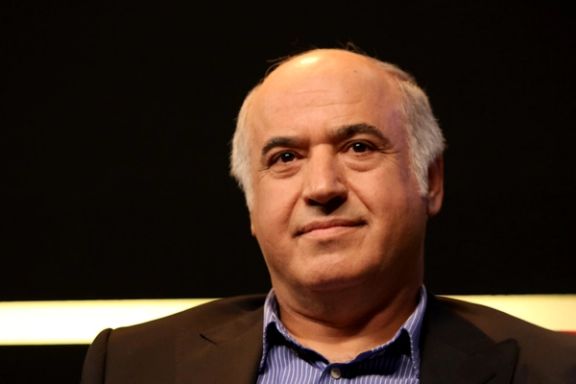Economists Doubt Iran Can Mitigate Financial Crisis

As Iran’s central bank chief partly blamed political unrest for the national currency’s unprecedented fall, economists express profound doubt about any solution.

As Iran’s central bank chief partly blamed political unrest for the national currency’s unprecedented fall, economists express profound doubt about any solution.
Iran’s rial was hovering near 400,000 against the US dollar on Sunday, while in most of 2021 the rial was stable at around 250,000, a more than 50-percent drop in 15 months, which coincides with the presidency of hardliner Ebrahim Raisi.
The head of the Central Bank of Iran (CBI), Ali Salehabadi said in addition to US sanctions on Iran, recent popular protests have encouraged capital flight from the country and contributed to the fall of the rial. But he promised to reduce the alarming growth in the money supply until March, when the Iranian calendar year ends.
He also claimed that the current 50-percent annual inflation rate will decrease after March 2023, without offering a roadmap, except his promise to control the money supply.
Bahaoldin Hosseini-Hashemi, an economist in Tehran, expressed bewilderment at these remarks, telling a local website that the closing months of the year is usually when more money is printed by the CBI, because the government has to pay its obligations.

The central bank in Iran enjoys little independence from the executive branch, or the whims of powerful circles such as the Revolutionary Guard and many economic entities linked to prominent clerics and their “charitable” organizations.
Hosseini-Hashemi drew attention to official reports showing that the CBI has printed money at a faster pace since the end of September as government debt to the bank has increased. A second challenge is presented by state or quasi-state banks, which also rely on borrowing from the CBI.
“Our money supply growth rate has reached an unprecedented level…it is a machine that just creates more liquidity and inflation,” the economist said. He added that the optimism expressed by the CBI chief will be tested when it comes to the government budget, but it is a fact that the deficit is higher than in other year.
Therefore, it is not clear what Salehabadi is basing his optimism on. Tax revenues have not increased either, and in the current crisis there is no outlook for higher tax revenues.
The economist, like many of his peers in Iran, sees the only solution to control or ameliorate the crisis lies in a foreign policy change. Oil export and banking sanctions imposed by the United States over Iran’s nuclear program must end. This is prerequisite to any chance of stopping current negative trends.
He also pointed out that Iran has a problem with the demands made by the international financial watchdog, the FATF since 2017, to enact legislation against money laundering and financing of terrorism. Without this, Iran will remain blacklisted by many international financial institutions.
Hosseini-Hashemi said in his interview that contrary to what Salehabadi promised, he believes things will get worse in the coming months. Both the pace in money supply and inflation will increase, judging by current indicators. “Maybe it is possible to make these statements on paper, but what we can see in the statistics, the reality is just the opposite…When they [officials] say that they have written a plan and held meetings, it means they have nothing to count on.”